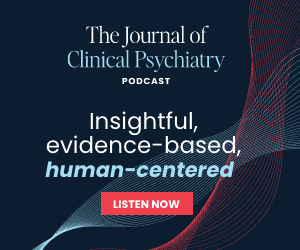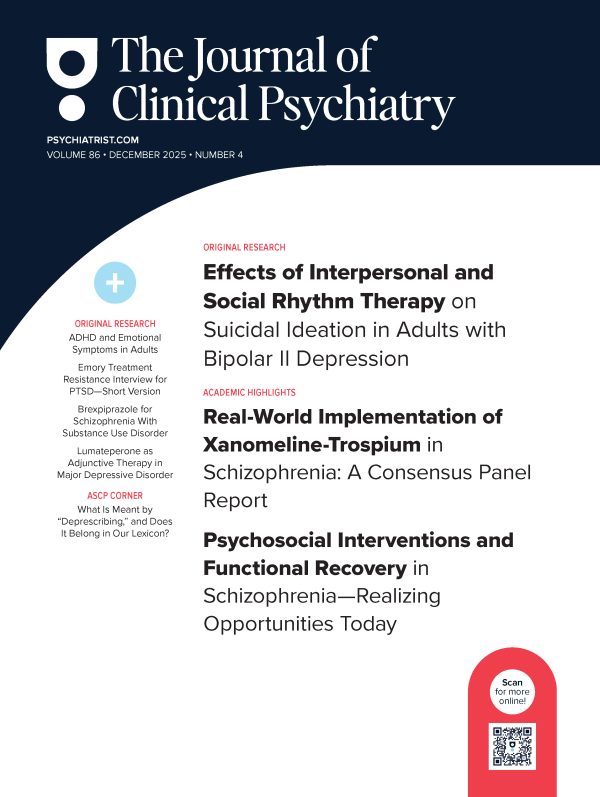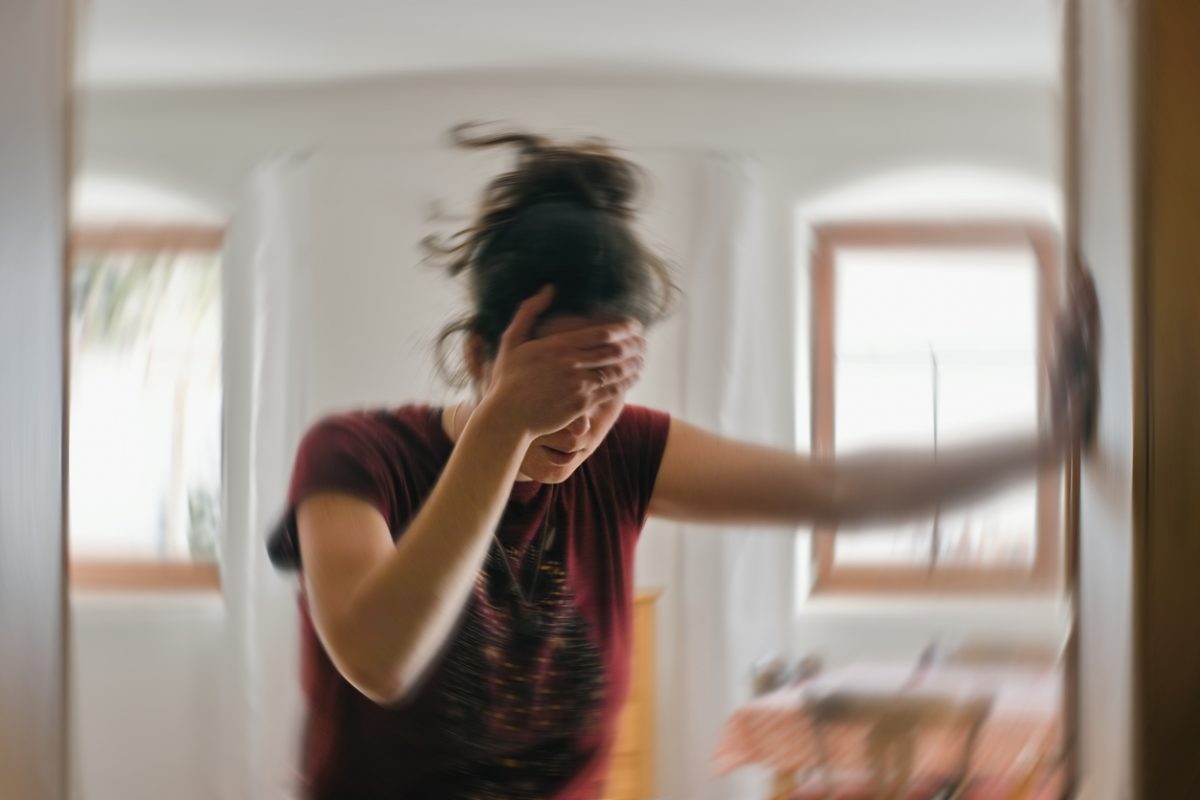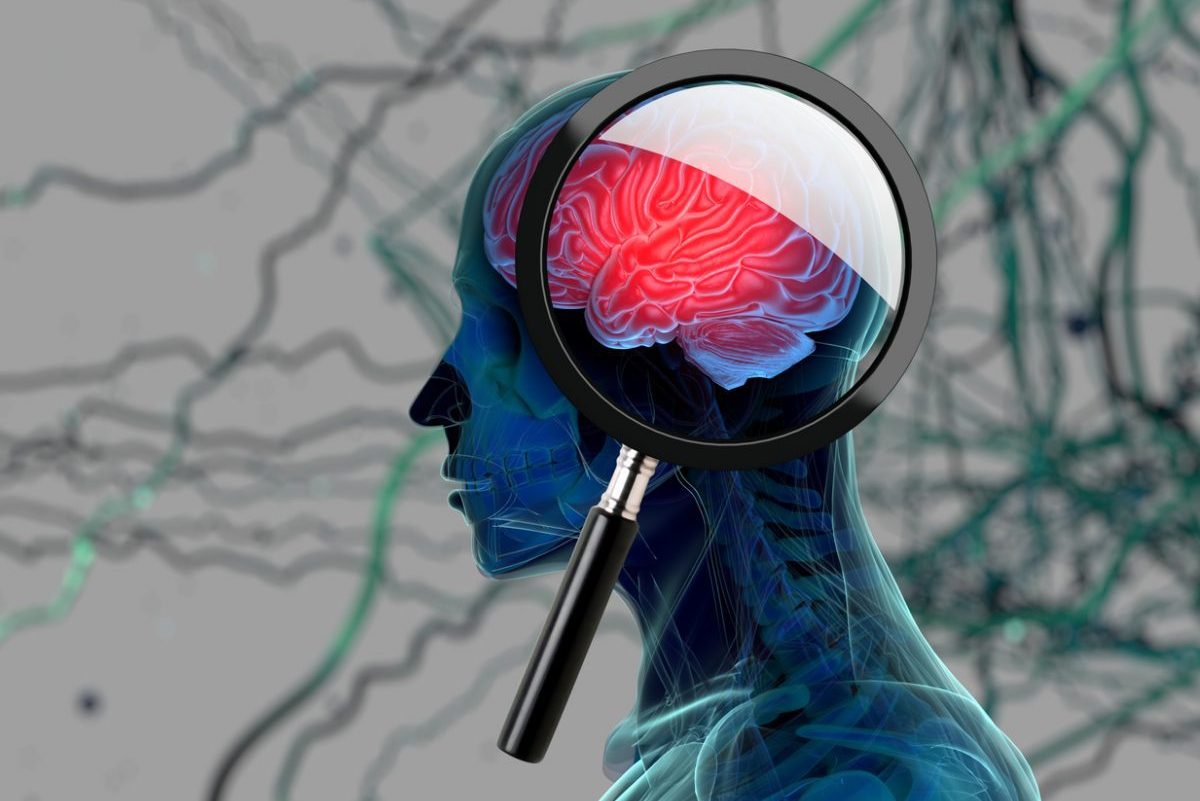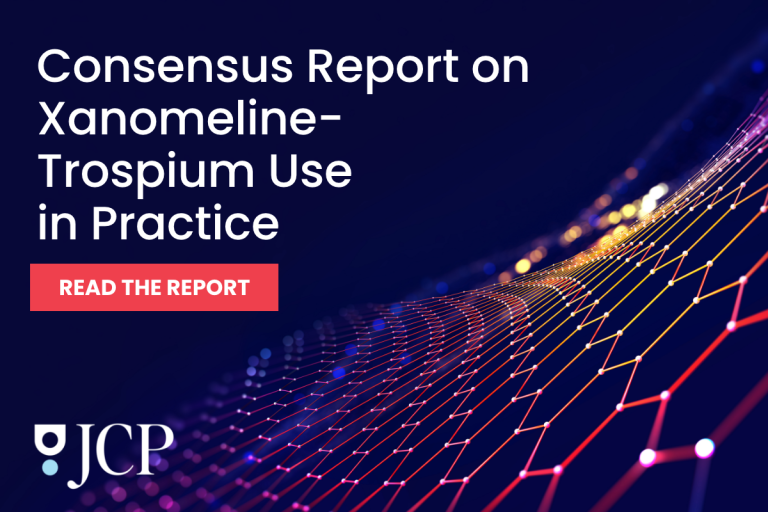Objective: To evaluate psychiatric comorbidity patterns in patients with a narcolepsy diagnosis in the United States.
Methods: Truven Health Analytics MarketScan Research Databases were accessed to identify individuals ≥ 18 years of age with ≥ 1 ICD-9 diagnosis code(s) for narcolepsy continuously insured between 2006 and 2010 and non-narcolepsy controls matched 5:1 (age, gender, region, payer). Extensive subanalyses were conducted to confirm the validity of narcolepsy definitions. Narcolepsy subjects and controls were compared for frequency of psychiatric comorbid conditions (based on ICD-9 codes/Clinical Classification Software [CCS] level 2 categories) and psychiatric medication use.
Results: The final population included 9,312 narcolepsy subjects and 46,559 controls (each group, mean age = 46.1 years; 59% female). All categories of mental illness were significantly more prevalent in patients with narcolepsy versus controls, with the highest excess prevalence noted for CCS 5.8 Mood disorders (37.9% vs 13.8%; odds ratio [OR] = 4.0; 95% CI, 3.8-4.2), CCS 5.8.2 Depressive disorders (35.8% vs 13.0%; OR = 3.9; 95% CI, 3.7-4.1), and CCS 5.2 Anxiety disorders (25.1% vs 11.9%; OR = 2.5; 95% CI, 2.4-2.7). Excess prevalence of anxiety and mood disorders (narcolepsy vs controls) was higher in younger age groups versus older age groups. Psychiatric medication usage was higher in the narcolepsy group versus controls in the following categories: selective serotonin reuptake inhibitors (36% vs 17%), anxiolytic benzodiazepines (34% vs 19%), hypnotics (29% vs 13%), serotonin-norepinephrine reuptake inhibitors (21% vs 6%), and tricyclic antidepressants (13% vs 4%) (all P values < .0001).
Conclusions: Narcolepsy is associated with significant comorbid psychiatric illness burden and higher psychiatric medication usage compared with the non-narcolepsy population.
Members Only Content
This full article is available exclusively to Professional tier members. Subscribe now to unlock the HTML version and gain unlimited access to our entire library plus all PDFs. If you’re already a subscriber, please log in below to continue reading.
Please sign in or purchase this PDF for $40.00.
Already a member? Login
